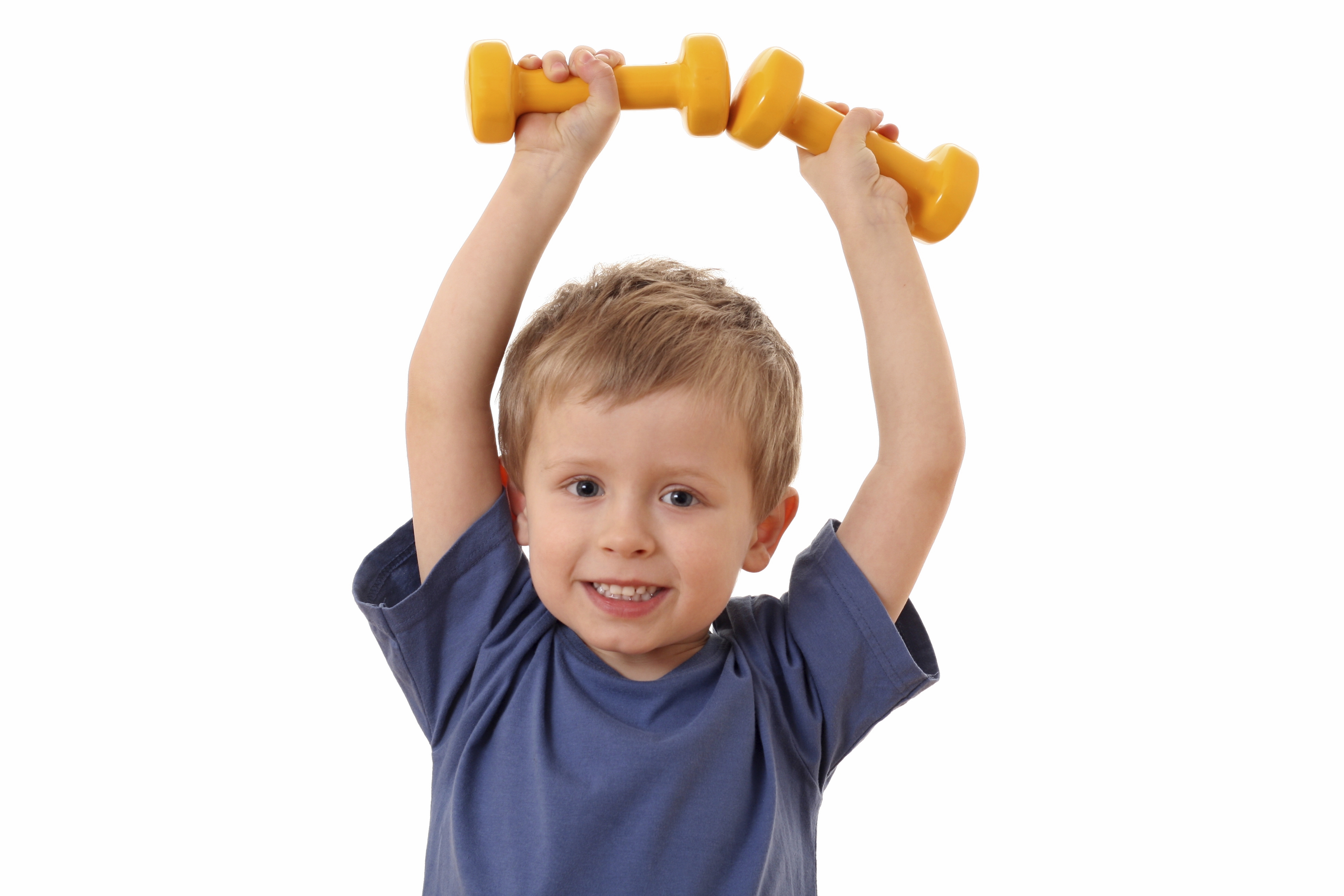When I see kids in the emergency room with sprains and strains from working out at school, gym, or home, their parents often ask me if these exercises could affect growth.
I was concerned, too, when my teen daughter, who is a varsity high school tennis player, started conditioning workouts to develop upper body strength that included dumbbell bicep curls and single arm rows.
For a long time, based on myth and anecdotal evidence, people came to believe that children and adolescents should not practice weight training. Kids, many believed, won’t get stronger by lifting weights and will probably hurt themselves. But a major study published in ‘Pediatrics’ in 2010, together with a growing body of other scientific reports, suggest that, in fact, weight training can not only be safe for young people, it can be beneficial – even essential.
 What is strength training? Strength training is the practice of using free weights, weight machines, resistance bands, or body weight to build muscles. With resistance, the muscles have to work harder to move. When the muscles work harder, they grow stronger and more efficient. This should not be confused with weight lifting and bodybuilding, which are not recommended for kids and teens. In these sports, people train with very heavy weights and participate in modeling and lifting competitions. Kids and teens who do those sports can risk injuring their growing bones, muscles, and joints.
What is strength training? Strength training is the practice of using free weights, weight machines, resistance bands, or body weight to build muscles. With resistance, the muscles have to work harder to move. When the muscles work harder, they grow stronger and more efficient. This should not be confused with weight lifting and bodybuilding, which are not recommended for kids and teens. In these sports, people train with very heavy weights and participate in modeling and lifting competitions. Kids and teens who do those sports can risk injuring their growing bones, muscles, and joints.
What’s a good age to start? Kids as young as 7 or 8 can usually do strength-training activities (such as pushups and sit-ups) if they show interest and can follow safety instructions. It’s recommended to set up the training regimen after checking with your child’s doctor and in consultation with a trainer who has experience working with children. Remember, it cannot be a scaled down version of an adult’s work out! Start with exercises without resistance and gradually introduce some resistance. The amount of weight will depend on a child’s current size and strength level. In general, as kids get older and stronger, they can gradually increase the amount of resistance they use. A trained professional can help determine what the appropriate weight / resistance may be. Kids should do about 15 repetitions of each exercise, and should do it three times a week total, and always with a supervising adult. For optimal effects, children should start strength training at least six weeks before the sports season, so the muscles can have appropriate time to develop. Make sure that your young weightlifter has adult supervision.
Benefits of Strength Training for Kids
1. Strength training can help kids and teens build healthy muscles, joints, and bones.
2. It can improve endurance, total fitness level, and sports performance.
3. These exercises can help kids build a sense of balance, control, and awareness of their bodies.
4. Strength training can help prevent injuries and speed up recovery in young athletes.
5. It can build stamina even when done only about two to three times per week, but regularly.
6. It is also a great confidence-builder and something that parents and children can do together.
7. Strength training is proven to improve bone density, raise metabolism, contribute to heart health and fight obesity.
The American Academy of Pediatrics and the American College of Sports Medicine also recommend strength training for children 8 and older. However, strength training is just one part of a total fitness program. It can play a vital role in keeping your child healthy and fit, only when done in conjunction with aerobic exercise such as biking and running, adequate hydration, and healthy nutrition.





Comments